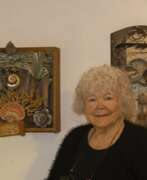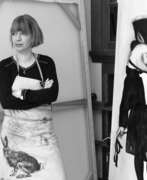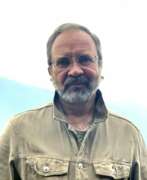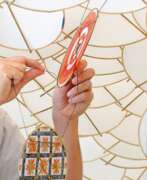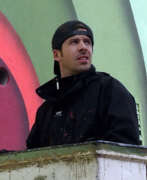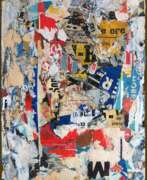Artists Object art
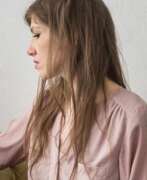

Alexandra Baumgartner is a German artist working in various fields of art: collage, installation, painting and object art. Her work is most often based on found photographs, as well as on furniture and everyday objects. Historical portraits and images are cut out, partially painted over and combined, putting mostly anonymous source material into new contexts.
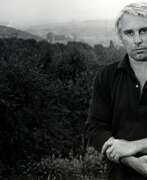

Karl Fred Dahmen is a German artist, one of the most important representatives of German post-war art and the Informel movement. In 1967 he took up the post of Professor of Fine Arts at the Munich Academy.
He painted expressive abstract pictures with a tectonic structure, and since the mid-1950s, relief paintings and collages on the damage to the local landscape caused by open-pit mining. Later in Dahmen's oeuvre, glazed object boxes appear, recounting the impressions of his daily working life.


Claus Föttinger is a German installation and object artist who lives and works in Germany, Turkey and the Netherlands.
He studied at the State Academy of Fine Arts in Dusseldorf and was one of the founders of the art association WP8 e. V. in Düsseldorf in 1991.
Klaus Föttinger became known worldwide primarily for his unique bar installations and lighting fixtures.
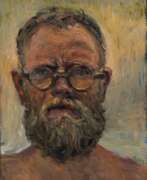

Anton Henning is a German self-taught artist, designer, sculptor and installer.
He lives and works in Berlin, London and New York and has established himself as a talented and extraordinary furniture and interior designer. Henning is inspired by views of world capitals while developing his own avant-garde styles. He also wittily analyzes art history through his installations, sculptures and paintings.


Gordon Matta-Clark is an American photographic artist known for his subject-oriented art.
He studied architecture at Cornell University and literature at the Sorbonne in Paris.
Gordon Matta-Clark has used various media in his work, including film, video and photography.


Leopold Rabus is a Swiss surrealist painter whose favorite medium is oil painting. He depicts the surrounding reality, inhabiting it with surrealistic birds, snails and yard animals, or ordinary objects. The people in Rabus's paintings, on the other hand, are often insane and horrible, but they live ordinary human lives.


Udo Scheel is a German artist.
From 1959 to 1964 Udo Scheel studied at the State Academy of Art with Gert Weber and Otto Kester and at the Academy of Fine Arts in Hamburg. In 1971 he taught painting at the University Institute for Art and Work Education in Mainz, today the Academy of Art at the Gutenberg University. In 1976 he was one of the founders of the artist group Axiom.
Udo Scheell's work is characterised by an expressive brushwork and vivid colouration. His paintings are often characterised by strong contrasts between light and dark, creating a sense of drama and tension.
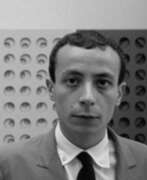

Paolo Scheggi is an Italian constructivist artist, designer and architect.
Scheggi was educated in Florence at the Academy of Fine Arts, initially studying Art Informel and New Dadaism techniques, but quickly developed his own style. He worked with Lucio Fontana and joined the New Trends movement in 1965.
Scheggi became best known for his layered monochromatic works. He was involved in journalism and poetry and worked on architectural urban projects. Scheggi also designed a new Milan fashion house for the famous designer Germana Marucelli.


Jakob Sollberger is a Swiss painter and graphic artist, sculptor, photographer and video director.
Initially Jakob was very interested in video and photography, and at the age of 26 he founded his own studio for advertising photography and production of industrial films and TV commercials. A few years later he took up other art forms as well.
Since the early 1990s, Sollberger has taught photography courses at the Zurich Education Center and has created many photographic portraits. In recent years, Jakob Sollberger has also worked on short films on various subjects.


Dana Wyse is a Canadian writer and visual artist.
Wyse’s early career was characterized by photography works exploring Canada and its history and environment. Photography works by Wyse can be seen in the book Vancouver: A History in Photographs. In 1996, Wyse began her best known artwork, a pill-themed installation called Jesus Had A Sister Productions. It is a work-in-progress to which the artist adds new elements each year and that crosses the line between art and business.
